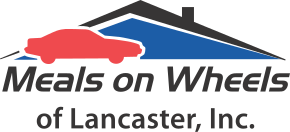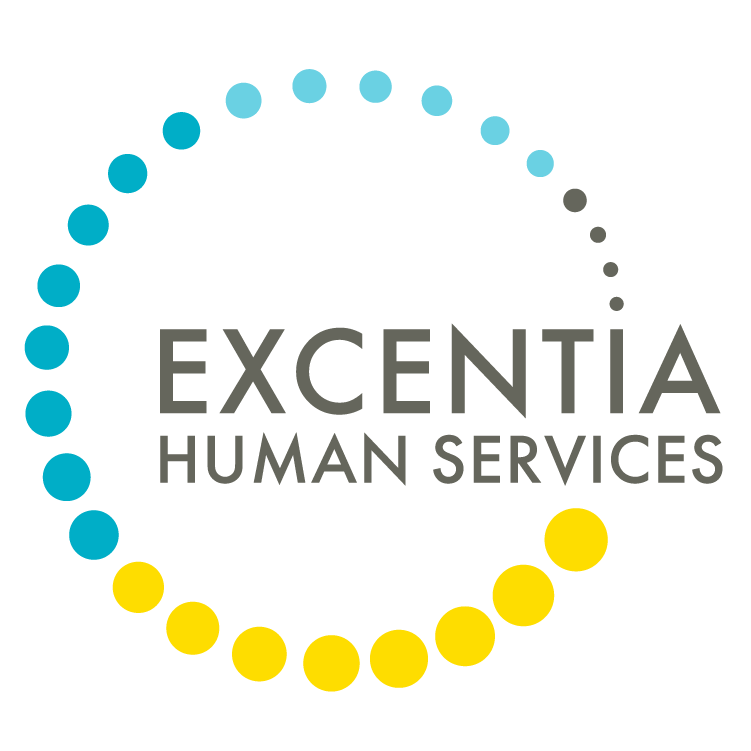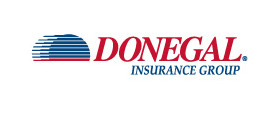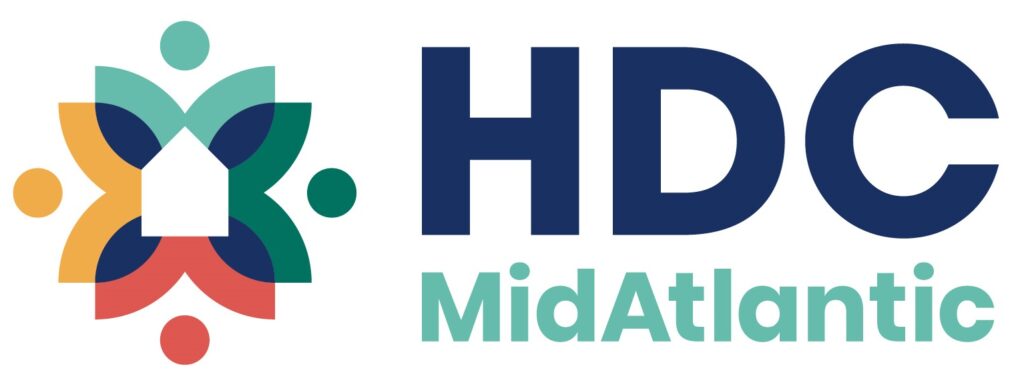Over the past two years, Emily Hess has become known as the “tooth fairy” amongst many in Lancaster City.
Hess works as the marketing manager at Two Dudes Painting Co. She is a disability activist who is passionate about finding ways to support homeless individuals in Lancaster City.
One United Lancaster recently spoke with Hess about her outreach efforts. The following has been edited for length and clarity.
One United Lancaster: How did your work with homeless individuals in the community begin? Did you have a mentor or individual that encouraged you to pursue this?
Emily Hess: I used to work at a dental office. I had a mentor named Dr. Jeff Grove who is a huge presence in my life. He began a program called Dentistry From the Heart, which offered a free day of dentistry to individuals who would normally be unable to afford it.
As the marketing manager, I tracked metrics and noticed a huge decrease in the amount of cardiac arrest in the unhoused population and the populations that we served because of this program. I did the math and statistically mapped out that we had saved eight lives.
Our program acted as preventive care for homeless individuals who tend to have a higher risk of having various related heart diseases. It’s a little-known fact that the plaque that builds up in your teeth is similar to that which builds in your arteries and links to heart disease.
OUL: How did you earn the title of the “Tooth Fairy”? When did this project begin to take off?
Hess: I left dentistry when COVID hit and started working at Two Dudes. I specifically wanted to work for a B Corp. that makes active change on a larger level.
I would run into folks who were homeless while I worked with different businesses in downtown Lancaster, and I started to wonder how I could help or make a difference. I knew that I could not walk by a human being without doing something to help them. We often get so caught up in saving the world that we forget to take care of our neighbors.
That’s why I started buying 148 toothbrushes a month and have been doing this for two years now. At first, I didn’t think that it was notable giving out toothbrushes. But now I carry these with me everywhere I go.

I have a couple of rules. One is that I don’t ask questions. Some people might question the status of an individual of if they are really unhoused, but to me that doesn’t matter.
Second, you get a new toothbrush every day I see you. Half of that is to take care of the concern of bacteria, and it’s better to get a clean one every day.
OUL: Is there a certain route that you stick to and hand out supplies and toothbrushes?
Hess: There used to be. I used to frequently go to Binns Park and come across folks I’d consider my regulars, people who I’d see every day and would know my name. I’d hand out toothbrushes and they might distribute those to friends. Central Market Square was also like this.
I still hand out toothbrushes in the city but have also recently started to drive around and give out supplies to individuals standing at intersections. It’s been nice to be able to offer more resources to those who are dealing with a lack of safety or security daily. I like to be able to look in their eyes and make sure that they’re OK or that they know I care.
It’s funny, I’ve never ever had anyone be unkind. I feel protected in the city because everyone knows me and I have friends everywhere.
If anything, I feel more secure than I ever have. There’s so much stigma around the homeless population. We judge before getting to know someone. Handing out toothbrushes can make a difference and is worth the interaction.
OUL: How many toothbrushes have you handed out in total? Total people?
Hess: Just shy of 3,000 toothbrushes. Half of those might be repeats, so maybe 1,000 people in total.
OUL: Have you considered partnering with other nonprofit or other organizations?
Hess: When I’m handing out supplies, I try to make it very clear that I’m not with another organization because that can come with expectations.
With that said, I would love to work with others! I’ve started to meet with individuals from different organizations like Deb Jones (the director of the Office for the Lancaster County Homelessness Coalition).
I’ve also connected with Amos Stoltzfus from SoWe. I’d love to start getting toothbrushes in lockers.
Sandy Gambone from Water Street Mission is also really amazing and one of the forefronts of change in Lancaster. She’s behind the rebranding of Water Street and opening it up to so many people. As a nonreligious person, I’ve noticed that she’s truly shares the Christian attitude as “love thy neighbor” and has authentically done a lot for the community.
OUL: Are you worried about duplicating efforts?
Hess: God, I hope I am. The idea that our neighbors will be offered multiple (resources would make for a) beautiful world.
OUL: Can you tell me more about the “Lancaster Cares” map you’ve created? What prompted this idea?
Hess: We have so many resources that people need to know about it. So, from a developer’s standpoint, it made the most sense to compile all these resources and put them into one database. I created a small map on Google that started out with just nine resources. I’ve added more since then and created a Google form for others to submit or upload resources.
I started with a living map and have added an algorithm in the back end that decodes my Google form with suggestions, pulls out relevant details, and re-uploads it to an API based Google map that includes locations walkable within Lancaster.
If you scan the QR code on the informational sheets I hand out (PDF), it pulls up a “Lancaster Cares” map that is color coded by services: housing, food, recovery health, et cetera. Locations, times, and walking directions are included in the descriptions of each service and business.
I started this map so that I could have a physical resource to use to better answer questions when I would run into people who would need help. It went from just offering a toothbrush, to making sure that someone is safe for the night. That’s a huge thing.
The next step is to train AI. I fed all the map information into a chatbot and trained it on Lancaster, our crisis — how we handle things, and on a very basic overview of traveling.
OUL: Are there any tips and tricks when handing out supplies? Are there any precautions that you have taken?
Hess: It’s important to go into it without judgment and with an open mind. The best thing you can do is share access to the resources that Lancaster already has.
When giving out resources, some people have asked for more things. I never just say no, I always try to hear them out. Someone had asked for a coat or a room for tonight. I was able to find a coat. It is so hard to offer such a temporary solution to someone at such a desperate point. I’ve also been offered money but never accept it.
Ultimately, the best thing is to keep it simple. Don’t try to save the world. Maybe start by picking one thing to focus on. It’ll change people’s lives, and it’s changed mine.
This could mean starting out by carrying your own toothbrushes, buying tubes of toothpaste or putting together a grab bag of sanitary products. You could also train yourself on the “Lancaster Cares” map and its resources or donate to organizations that give resources to the homelessness population.
There is a low barrier shelter coming on Clay Street that will hold 80 beds, men and women, with showers on site. It is set to open in December, but (its startup costs are) $4.5 million. If you can, you should donate to this cause.






